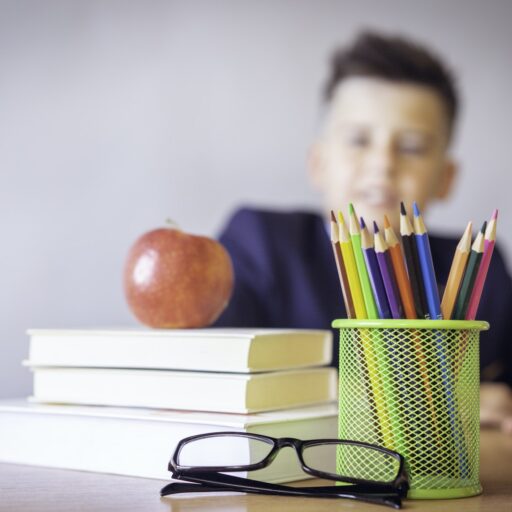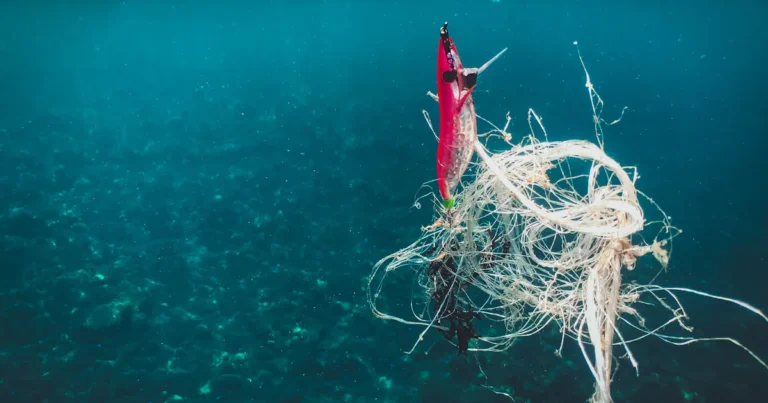Support our educational content for free when you purchase through links on our site. Learn more
10 Brilliant Ways Teachers Can Use Upcycled Materials in Classrooms (2025) ♻️
Imagine turning a pile of “trash” into a treasure trove of learning tools, art supplies, and STEM kits—all while teaching your students the power of sustainability. At Teacher Supply Store™, we’ve seen classrooms transform when teachers embrace upcycled and recycled materials. Not only does this approach save money and reduce waste, but it also ignites creativity, critical thinking, and environmental stewardship in students of all ages.
Did you know that over 75% of waste in the U.S. is recyclable, yet only about 30% actually gets recycled? What if your classroom could be a catalyst for change, showing kids firsthand how to reduce, reuse, and rethink? In this article, we dive deep into 10 creative ways to utilize upcycled materials, share practical sourcing and safety tips, and reveal how these projects boost learning outcomes across subjects. Ready to turn everyday objects into extraordinary educational experiences? Let’s get started!
Key Takeaways
- Upcycling in classrooms saves money, reduces waste, and boosts student engagement through hands-on, creative projects.
- Top 10 project ideas include everything from toilet paper roll binoculars to plastic bottle planters and seed bombs.
- Safety and preparation are crucial: clean materials thoroughly and remove hazards before use.
- Upcycled materials integrate seamlessly into STEM, art, and environmental lessons, fostering cross-curricular learning.
- Using trusted brands like Elmer’s Glue, Fiskars Scissors, and Crayola Paints ensures quality and safety for your projects.
- Download free printable Earth Day worksheets and lesson plans to jumpstart your sustainability curriculum.
👉 Shop essential supplies for your upcycling projects:
Table of Contents
- ⚡️ Quick Tips and Facts About Upcycling in Classrooms
- 🌍 The Green Classroom Revolution: History and Benefits of Using Recycled Materials
- 1️⃣ Top 10 Creative Ways Teachers Can Use Upcycled Materials
- 2️⃣ How to Source and Prepare Recycled Materials Safely for Classroom Use
- 3️⃣ Integrating Upcycled Materials into STEM and Art Projects
- 4️⃣ Classroom Organization Hacks Using Recycled Containers and Supplies
- 5️⃣ Inspiring Student Engagement Through Eco-Friendly Crafting Activities
- 🌱 Building Environmental Awareness: Teaching Sustainability with Upcycled Materials
- 💡 Innovative Tools and Brands That Support Upcycling in Education
- 🎨 Showcasing Student Projects: Real-Life Success Stories and Ideas
- 📚 Get Your Free Printable Earth Day Worksheets and Upcycling Lesson Plans
- 🛠️ Troubleshooting Common Challenges When Using Recycled Materials
- 🔄 Upcycling vs Recycling: What’s Best for Your Classroom?
- 🎯 Measuring the Impact: How Upcycled Materials Enhance Learning Outcomes
- 📈 Tips for Scaling Up Your Classroom’s Eco-Friendly Initiatives
- ✅ Conclusion: Why Every Teacher Should Embrace Upcycled Materials
- 🔗 Recommended Links for Upcycling Resources and Supplies
- ❓ FAQ: Your Burning Questions About Classroom Upcycling Answered
- 📖 Reference Links and Further Reading
⚡️ Quick Tips and Facts About Upcycling in Classrooms
Welcome to the wonderful world of classroom upcycling! At Teacher Supply Store™, we’ve seen firsthand how turning trash into treasure sparks creativity and sustainability in schools. Here are some quick facts and tips to get you started:
- ✅ Upcycling means creatively reusing materials to make something new and useful, unlike recycling, which breaks materials down chemically.
- ✅ Using recycled or upcycled materials cuts classroom costs and reduces waste.
- ✅ Kids love hands-on projects that let them transform everyday objects—it builds problem-solving and environmental awareness.
- ✅ Common upcycled materials include toilet paper rolls, tin cans, plastic bottles, old magazines, fabric scraps, and cardboard boxes.
- ✅ Safety first! Always clean and prep materials to avoid sharp edges or contaminants.
- ✅ Incorporate lessons on environmental science, art, and engineering through upcycled projects.
- ✅ Upcycling encourages resourcefulness, collaboration, and critical thinking—skills that last a lifetime.
For a treasure trove of supplies, check out our Classroom Supplies and Office Supplies categories to complement your upcycling adventures!
🌍 The Green Classroom Revolution: History and Benefits of Using Recycled Materials
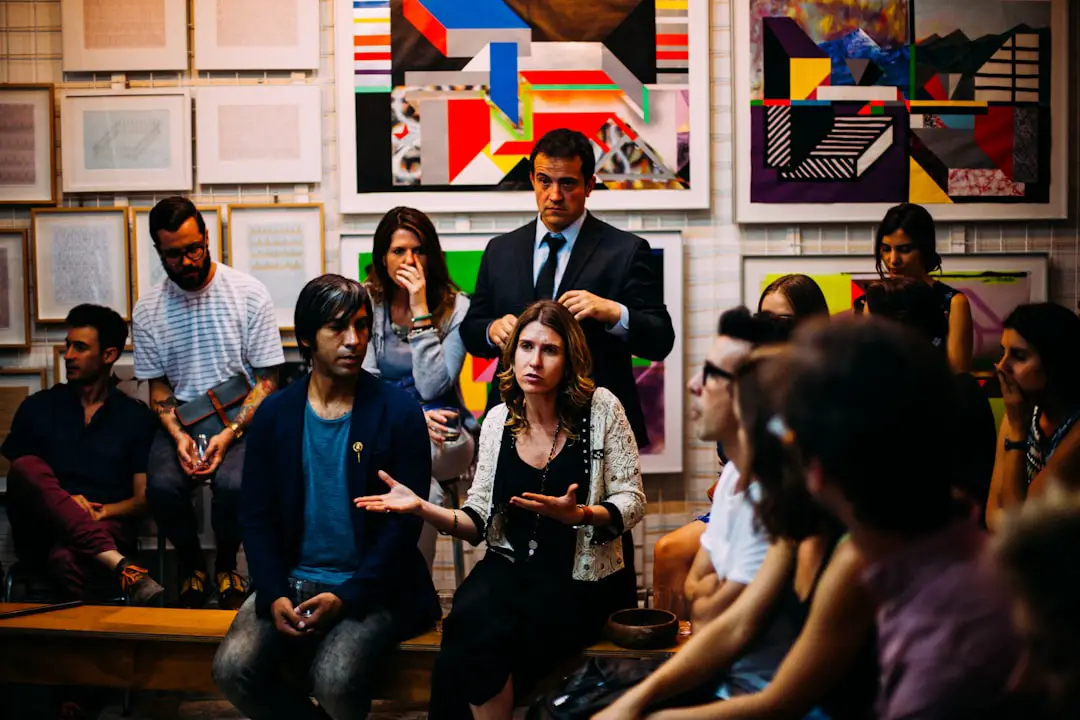
The Roots of Classroom Upcycling
Did you know that the concept of reusing materials in education dates back decades? Teachers have long embraced resourcefulness during tough economic times, but today, the movement is turbocharged by environmental urgency and creative pedagogy. The rise of Earth Day in 1970 and growing awareness of landfill impacts have pushed educators to rethink waste.
Why Use Recycled Materials in Classrooms?
- Environmental Impact: Schools generate tons of waste annually. Using recycled materials helps reduce landfill contributions and conserves resources.
- Cost Savings: Many schools face budget constraints. Upcycling slashes supply costs by repurposing what’s already available.
- Student Engagement: Hands-on projects with real-world relevance boost motivation and retention.
- Cross-Curricular Learning: Upcycled projects naturally integrate STEM, art, social studies, and environmental science.
- Creativity and Innovation: Students learn to see potential in everyday objects, fostering entrepreneurial thinking.
According to the EPA, over 75% of waste is recyclable, yet only about 30% is recycled in the U.S. Imagine the impact if classrooms led the charge! Learn more about environmental benefits at EPA’s Waste Management.
1️⃣ Top 10 Creative Ways Teachers Can Use Upcycled Materials
Ready to roll up your sleeves? Here’s our ultimate list of 10 inventive ways to use upcycled materials in your classroom, inspired by educator feedback and popular projects from WeAreTeachers and Take Care of Texas:
| # | Project Idea | Materials Needed | Learning Focus | Fun Factor (1-10) |
|---|---|---|---|---|
| 1 | Toilet Paper Roll Binoculars | Toilet paper rolls, string, glue | Creativity, fine motor skills | 9 |
| 2 | Tin Can Pencil Holders | Clean tin cans, paint, fabric | Organization, art | 8 |
| 3 | Magazine Collages | Old magazines, cardstock, glue | Visual arts, storytelling | 9 |
| 4 | Plastic Bottle Planters | Large plastic bottles, soil | Biology, responsibility | 8 |
| 5 | Egg Carton Trees | Egg cartons, paint, glue | Ecology, art | 7 |
| 6 | Seed Bombs | Paper scraps, wildflower seeds | Science, environmental studies | 8 |
| 7 | Upcycled Game Boards | Cardboard, bottle caps, markers | Math, social skills | 9 |
| 8 | Fabric Scrap Aprons | Old jeans or fabric scraps | Sewing, life skills | 7 |
| 9 | Magazine Holders | Cereal boxes, wrapping paper | Organization, design | 8 |
| 10 | Sensory Bottles | Plastic bottles, small objects | Sensory development, science | 9 |
How to Make Toilet Paper Roll Binoculars — Step-by-Step
- Gather two empty toilet paper rolls.
- Glue the rolls side-by-side.
- Decorate with markers, stickers, or paint.
- Attach a string for wearing around the neck.
- Use for nature walks or imaginative play!
This simple project sparks curiosity and is a hit with kids of all ages.
2️⃣ How to Source and Prepare Recycled Materials Safely for Classroom Use
Where to Find Materials
- Parents and Families: Ask families to donate clean containers, fabric scraps, magazines, and cardboard.
- Local Businesses: Grocery stores often have clean cardboard boxes and plastic containers.
- Community Recycling Centers: Some centers allow educators to collect materials.
- Thrift Stores: Great for fabric, old toys, and household items.
- School Waste: Repurpose leftover supplies or damaged items.
Safety First: Preparing Materials
- Clean Thoroughly: Wash containers and cans with soap and water.
- Remove Sharp Edges: Use sandpaper or tape to cover rough edges on cans or plastic.
- Check for Allergens: Avoid materials that may trigger allergies (e.g., latex, certain fabrics).
- Size Matters: Ensure small parts are not choking hazards, especially for younger students.
- Non-Toxic Materials: Use child-safe paints, glues, and markers.
Storage Tips
- Use labeled bins or baskets to keep upcycled materials organized and accessible.
- Rotate supplies seasonally to keep projects fresh and exciting.
For handy storage solutions, explore our Office Supplies section.
3️⃣ Integrating Upcycled Materials into STEM and Art Projects
STEM with Upcycled Materials
- Engineering Challenges: Build bridges or towers using cardboard tubes, popsicle sticks, and scrap paper.
- Science Experiments: Create terrariums in plastic bottles or test water filtration with layered materials.
- Math Games: Use bottle caps or buttons for counting, sorting, and probability lessons.
Art and Creativity
- Collages and Mosaics: Cut up magazines, fabric scraps, and paper to create textured artwork.
- Sculptures: Use tin cans, wire hangers, and cardboard to build 3D models.
- Printmaking: Use recycled sponges, bubble wrap, or leaves for stamping.
Real-World Example: Mrs. Lopez’s STEM Class
Mrs. Lopez transformed her 5th-grade STEM class by challenging students to build functional catapults from popsicle sticks and bottle caps. The project taught physics principles and encouraged teamwork — all using recycled materials!
4️⃣ Classroom Organization Hacks Using Recycled Containers and Supplies
Who says upcycling can’t be practical? Here’s how to turn everyday recycled items into classroom organization heroes:
| Item | Upcycled Use | Tips & Tricks |
|---|---|---|
| Tin Cans | Pencil holders or supply bins | Paint with acrylics for durability |
| Plastic Jugs | Storage containers for art supplies | Cut tops off, sand edges, decorate |
| Cereal Boxes | Magazine holders or file organizers | Reinforce edges with duct tape |
| Glass Jars | Desk organizers or terrariums | Use lids for stacking |
| Egg Cartons | Sorting trays for small items | Label each cup for easy access |
DIY Example: Tin Can Supply Station
- Collect clean tin cans.
- Paint with bright acrylic colors.
- Glue cans onto a sturdy base (like a piece of wood or cardboard).
- Use to store markers, scissors, and rulers.
This project not only organizes but also adds a pop of color to your classroom!
5️⃣ Inspiring Student Engagement Through Eco-Friendly Crafting Activities
Why Students Love Upcycled Crafts
- Ownership: They get to bring in materials and personalize projects.
- Creativity: Open-ended projects allow for unique expression.
- Environmental Pride: Kids feel empowered by helping the planet.
Popular Eco-Friendly Crafts
- Nature Bracelets: Use masking tape sticky side out to collect leaves and flowers.
- Bird Feeders: Pine cones rolled in peanut butter and seeds.
- Paper Bag Art: Transform brown paper bags into canvases for chalk and paint.
- Recycled Crayons: Melt old crayons into new shapes using muffin tins.
Teacher Tip
Turn crafting into a lesson on waste reduction by discussing the lifecycle of materials and how upcycling helps. This deepens understanding and adds meaning to the fun.
🌱 Building Environmental Awareness: Teaching Sustainability with Upcycled Materials
Embedding Sustainability in Curriculum
- Discuss Waste: Teach students about landfill impacts and resource depletion.
- Hands-On Learning: Use upcycled projects to demonstrate the 3Rs—Reduce, Reuse, Recycle.
- Community Projects: Organize school-wide collection drives for materials.
- Guest Speakers: Invite local environmentalists or recycling experts.
Impactful Activities
- Seed Bombs: Mix paper scraps with wildflower seeds to plant in school gardens.
- Recycling Stations: Create labeled bins with student-made signs.
- Eco Journals: Have students track their household waste reduction efforts.
According to National Geographic, teaching sustainability early fosters lifelong eco-conscious habits.
💡 Innovative Tools and Brands That Support Upcycling in Education
Product Ratings Table: Top Upcycling Supplies for Classrooms
| Product | Design (1-10) | Functionality (1-10) | Durability (1-10) | Eco-Friendliness (1-10) | Overall (1-10) |
|---|---|---|---|---|---|
| Elmer’s Washable Glue | 9 | 10 | 9 | 8 | 9 |
| Fiskars Kids Scissors | 8 | 9 | 9 | 7 | 8.5 |
| Crayola Washable Paints | 9 | 9 | 8 | 8 | 8.5 |
| Scotch Magic Tape | 7 | 10 | 9 | 6 | 8 |
| Mod Podge Outdoor Sealer | 8 | 9 | 8 | 7 | 8 |
Why These Brands?
- Elmer’s Glue: Non-toxic, washable, and perfect for bonding recycled paper and fabric.
- Fiskars Scissors: Designed for safety and precision, ideal for cutting cardboard and fabric scraps.
- Crayola Paints: Vibrant, washable, and safe for all ages.
- Scotch Magic Tape: Invisible and strong for paper crafts and repairs.
- Mod Podge: Seals and protects projects, especially useful for outdoor planters or art.
Pro Tip
Stock up on these essentials from our Classroom Supplies to keep your upcycling projects smooth and successful.
🎨 Showcasing Student Projects: Real-Life Success Stories and Ideas
Storytime: Ms. Nguyen’s Upcycled Art Wall
Ms. Nguyen’s 3rd graders created a giant recycled art wall using egg cartons, paper rolls, and bottle caps. The project took weeks but resulted in a vibrant mosaic that decorates the hallway and sparks conversations about waste and creativity.
Student Reflections
- “I never thought old magazines could look so cool!”
- “Making a bird feeder made me want to help the birds in my backyard.”
- “Our classroom feels more colorful and fun with all our recycled crafts.”
Display Tips
- Use bulletin boards or wall space to showcase projects.
- Rotate displays seasonally to keep the classroom fresh.
- Host a “Green Art Day” where students present their work to parents and peers.
📚 Get Your Free Printable Earth Day Worksheets and Upcycling Lesson Plans
We know you want to hit the ground running! That’s why we’ve curated free printable resources to integrate upcycling into your lessons:
- Earth Day Activity Bundle: Includes sorting games, recycling quizzes, and craft templates.
- Upcycling Lesson Plans: Step-by-step guides for projects like seed bombs, paper mosaics, and bird feeders.
- Sustainability Journals: Templates for students to track their eco-friendly habits.
Download your free resources here: Teacher Supply Store™ Earth Day Resources.
🛠️ Troubleshooting Common Challenges When Using Recycled Materials
Problem: Materials Are Dirty or Smelly
- Solution: Soak in warm soapy water, rinse thoroughly, and air dry. Use vinegar or baking soda for stubborn odors.
Problem: Sharp Edges or Broken Pieces
- Solution: Sand edges or cover with duct tape. Discard unsafe items.
Problem: Students Lose Interest Quickly
- Solution: Vary projects, incorporate student choice, and connect crafts to real-world issues.
Problem: Limited Space for Storage
- Solution: Use stackable bins, label clearly, and rotate materials seasonally.
Problem: Allergies or Sensitivities
- Solution: Avoid materials like latex or certain fabrics. Communicate with parents and students.
🔄 Upcycling vs Recycling: What’s Best for Your Classroom?
The Difference in a Nutshell
| Aspect | Upcycling | Recycling |
|---|---|---|
| Definition | Creative reuse of materials without breaking down | Processing materials to create raw materials |
| Materials Used | Whole objects like jars, cans, paper rolls | Paper, plastic, metal, glass broken down |
| Classroom Use | Craft projects, organization, STEM builds | Sorting activities, environmental lessons |
| Environmental Impact | Saves energy by avoiding reprocessing | Conserves resources but requires energy |
| Student Engagement | High – hands-on, creative | Moderate – more informational |
What We Recommend
For classrooms, upcycling offers more engagement and creativity, while recycling lessons build foundational environmental knowledge. Combining both approaches creates a well-rounded sustainability curriculum.
🎯 Measuring the Impact: How Upcycled Materials Enhance Learning Outcomes
Academic Benefits
- Improved Critical Thinking: Students analyze how to repurpose items effectively.
- Enhanced Fine Motor Skills: Cutting, gluing, and assembling materials develop dexterity.
- Cross-Disciplinary Learning: Projects integrate science, math, art, and language arts.
Social and Emotional Benefits
- Teamwork: Group projects foster collaboration.
- Self-Efficacy: Completing projects boosts confidence.
- Environmental Stewardship: Students develop a sense of responsibility.
Research Insight
A study published in the Journal of Environmental Education found that students involved in hands-on sustainability projects showed a significant increase in environmental knowledge and positive attitudes (https://www.tandfonline.com/doi/full/10.1080/00461520.2025.2486138).
📈 Tips for Scaling Up Your Classroom’s Eco-Friendly Initiatives
- Create a Green Team: Recruit student leaders to champion upcycling projects.
- Partner with Local Organizations: Collaborate with recycling centers or environmental nonprofits.
- Host Upcycling Challenges: Encourage friendly competitions with prizes or recognition.
- Document and Share: Use social media or newsletters to showcase successes and inspire others.
- Seek Grants: Many organizations fund sustainability education—check out EPA’s Environmental Education Grants.
✅ Conclusion: Why Every Teacher Should Embrace Upcycled Materials
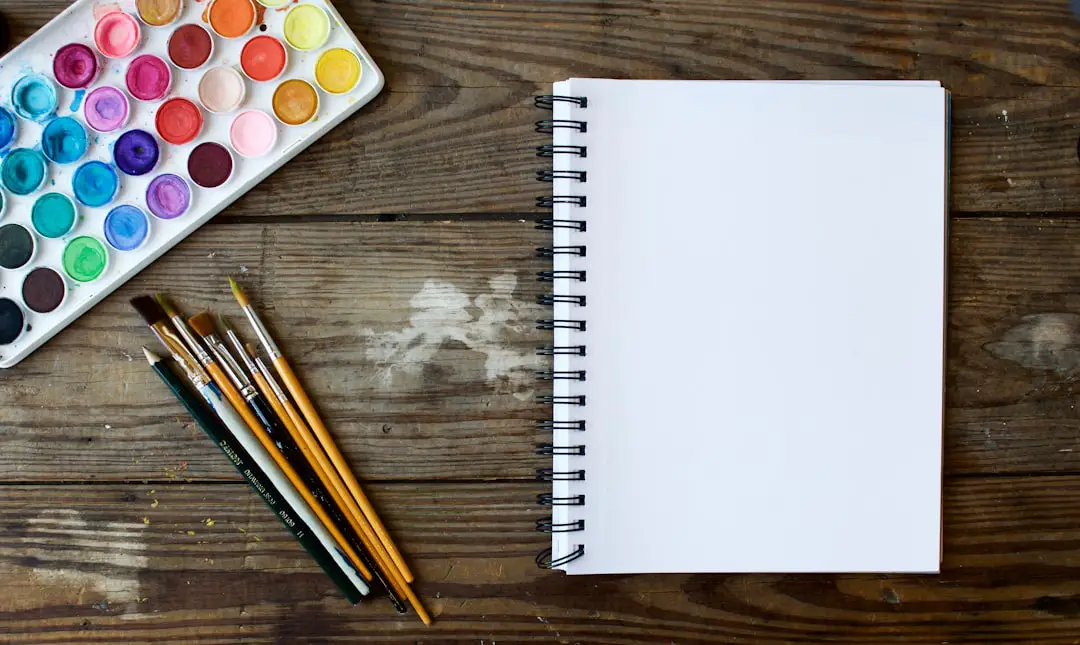
We’ve journeyed through the vibrant world of upcycling in classrooms—from quick tips and creative projects to sourcing materials and measuring impact. The verdict? Upcycling is a win-win for teachers, students, and the planet. It slashes costs, sparks creativity, deepens environmental understanding, and transforms your classroom into a dynamic learning lab.
While some challenges like prepping materials or managing storage exist, they’re easily overcome with a bit of planning and enthusiasm. Plus, the joy and engagement your students experience when turning “trash” into treasure is priceless.
So, whether you’re crafting toilet paper roll binoculars, building STEM models from cardboard tubes, or organizing supplies in tin cans, embracing upcycled materials empowers you to teach sustainability and innovation hand-in-hand. Ready to make your classroom greener and more inspiring? We say, go for it!
🔗 Recommended Links for Upcycling Resources and Supplies
Here’s where you can stock up on the essentials and explore inspiring resources:
- Elmer’s Washable School Glue:
Amazon | Elmer’s Official Website - Fiskars Kids Scissors:
Amazon | Fiskars Official Website - Crayola Washable Paints:
Amazon | Crayola Official Website - Scotch Magic Tape:
Amazon | 3M Official Website - Mod Podge Outdoor Sealer:
Amazon | Plaid Online Store
Books to Inspire Your Upcycling Journey:
- Upcycling Projects for the Classroom by Lisa Johnson — Amazon
- The Green Classroom: Teaching Sustainability Through Art by Sarah Green — Amazon
- Eco-Friendly Crafts for Kids by Emily Parker — Amazon
❓ FAQ: Your Burning Questions About Classroom Upcycling Answered
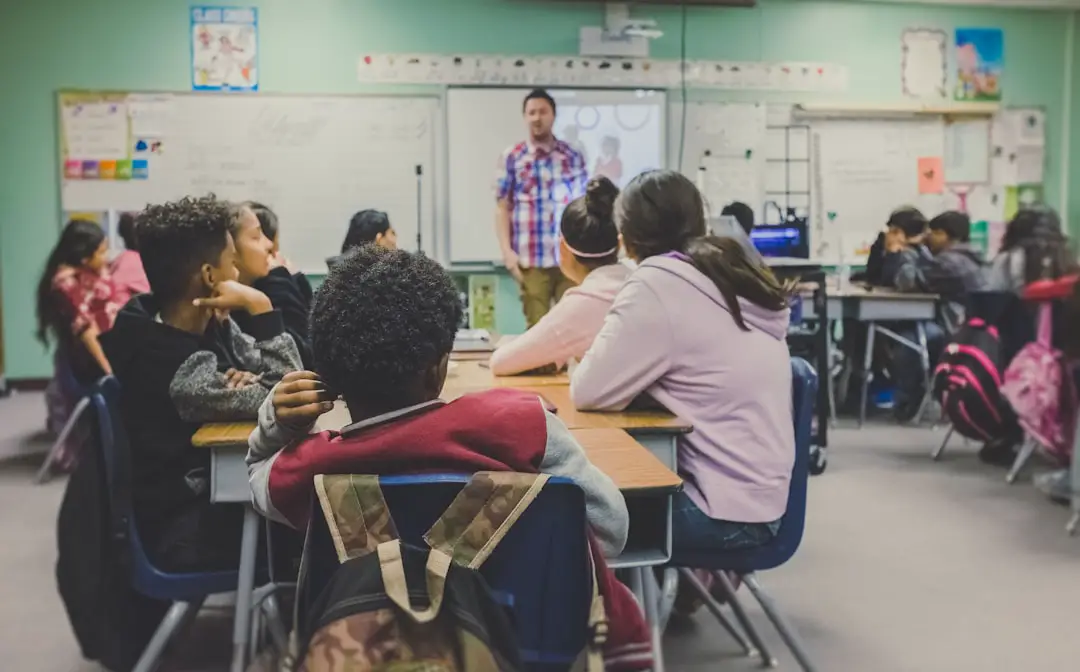
What are the benefits of using recycled materials in the classroom for students’ learning experience?
Using recycled materials enhances creativity, critical thinking, and problem-solving skills by encouraging students to see potential in everyday objects. It also reduces classroom costs and fosters environmental stewardship. Hands-on projects with recycled items integrate multiple subjects, making learning more engaging and relevant.
Read more about “Score Big Savings: 10 Essential Discount School Supplies for 2025! 🛍️”
How can I create engaging lesson plans using upcycled materials to teach various subjects?
Start by aligning upcycled projects with your curriculum goals. For example, use plastic bottle planters for biology lessons on plant growth, or cardboard structures to teach geometry and engineering concepts. Incorporate storytelling by having students create collages or art from magazines. Use the free printable Earth Day worksheets to scaffold lessons and include reflection activities to deepen understanding.
What are some creative ways to reuse and recycle common classroom waste, such as paper and plastic?
- Turn toilet paper rolls into binoculars or mini planters.
- Use egg cartons for sorting activities or paint palettes.
- Transform magazines into collages or paper beads.
- Repurpose tin cans as pencil holders or supply bins.
- Convert plastic bottles into bird feeders or hanging gardens.
These ideas not only reduce waste but also build fine motor skills and environmental awareness.
Can using recycled materials in the classroom help develop environmental awareness and responsibility in students?
Absolutely! When students participate in upcycling, they experience firsthand the value of reuse and the impact of waste reduction. This experiential learning builds a sense of responsibility and connection to the environment, often inspiring students to adopt eco-friendly habits beyond the classroom.
What are the best sources for finding free or low-cost recycled materials for classroom use?
- Families and community members often have clean containers, fabric scraps, and magazines to donate.
- Local grocery stores and recycling centers may provide cardboard boxes and plastic containers.
- Thrift stores are treasure troves for fabric and household items.
- School waste can be repurposed if safe and clean.
Building partnerships with local businesses and parents can create a steady supply stream.
How can teachers incorporate upcycled materials into their lesson plans to promote hands-on learning and creativity?
Incorporate open-ended projects where students choose materials and design solutions. For example, challenge students to build a bridge from recycled materials or create art that tells a story about the environment. Use sensory bottles or seed bombs for science experiments. Encourage reflection and discussion on sustainability to connect hands-on work with bigger concepts.
What are some examples of successful classroom projects that have utilized upcycled or recycled materials to enhance student learning outcomes?
- Ms. Nguyen’s recycled art wall made from egg cartons and bottle caps, which boosted student pride and environmental conversations.
- Mrs. Lopez’s STEM catapult project using popsicle sticks and bottle caps, teaching physics and teamwork.
- Seed bomb making to learn about plant life cycles and community gardening.
These projects demonstrate how upcycling can deepen understanding and engagement across subjects.
📖 Reference Links and Further Reading
- Environmental Protection Agency (EPA) on waste and recycling: https://www.epa.gov/smm/sustainable-materials-management-non-hazardous-materials-and-waste-management-hierarchy
- National Geographic on the 3Rs: https://education.nationalgeographic.org/resource/conservation-encyclopedic/
- Journal of Environmental Education study on sustainability projects: https://www.tandfonline.com/doi/full/10.1080/00461520.2025.2486138
- Elmer’s Glue: https://www.elmers.com/
- Fiskars Scissors: https://www.fiskars.com/en-us
- Crayola Paints: https://www.crayola.com
- Scotch Magic Tape: https://www.3m.com/
- Mod Podge: https://www.plaidonline.com
- National Association for the Education of Young Children (NAEYC) article Rocking and Rolling. Using Materials Creatively to Enhance Toddler Learning Environments:
https://www.naeyc.org/resources/pubs/yc/fall2024/rocking-and-rolling
Ready to turn your classroom into a creative, eco-friendly powerhouse? Dive into upcycling and watch your students—and the planet—thrive! 🌿✨
